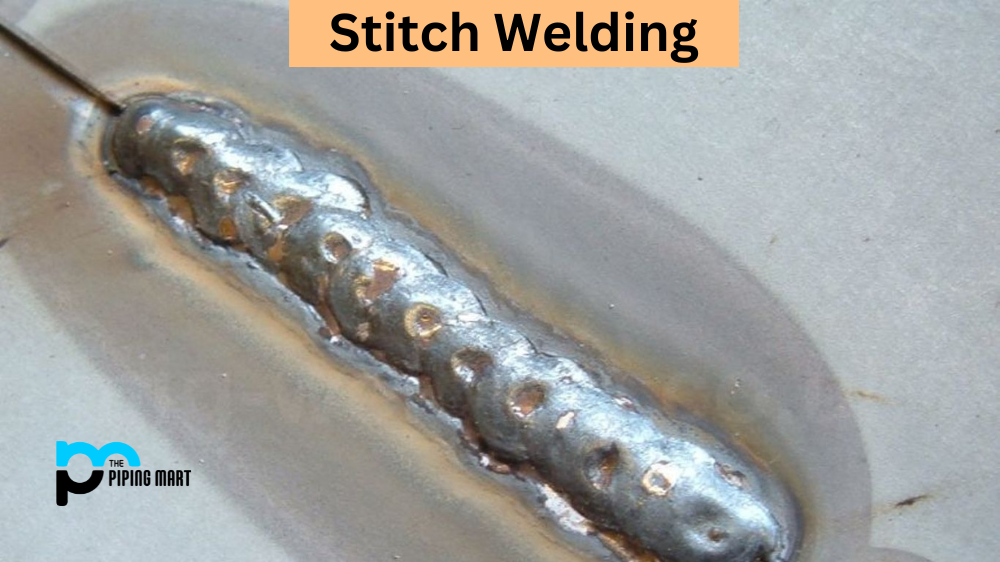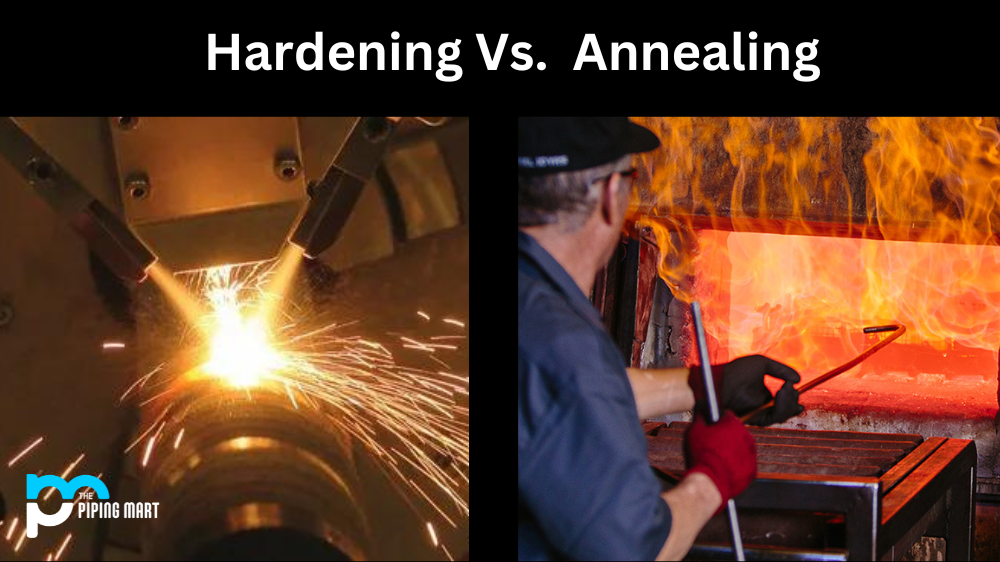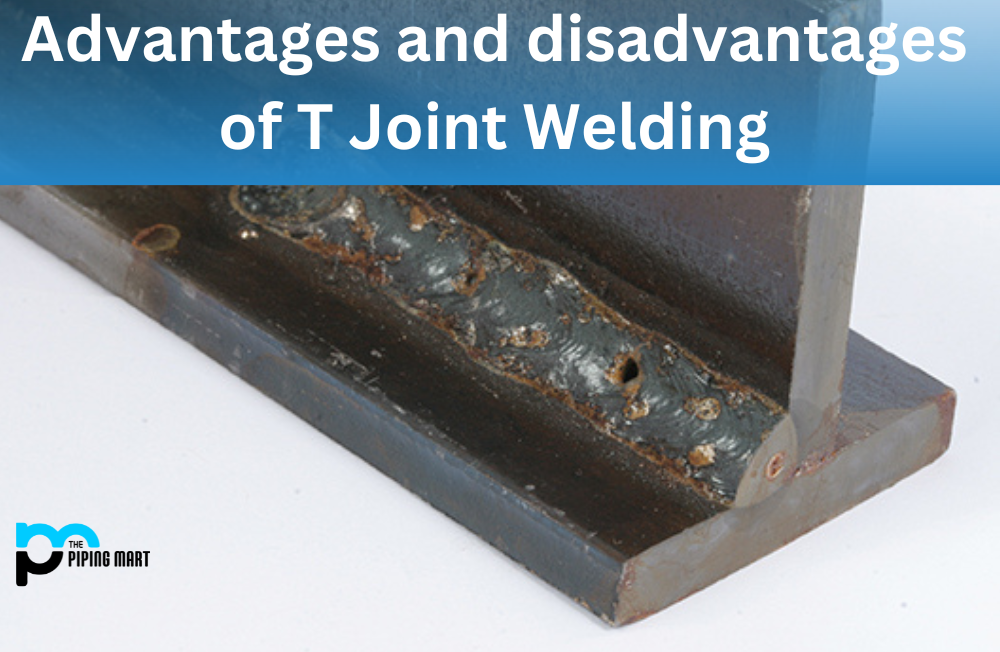Have you ever seen an industrial project with a series of overlapping welds that look almost like stitches on a piece of fabric? If so, then chances are you’ve encountered stitch welding. Also known as spot welding, this method is used to create strong, reliable welds in industrial applications. Here’s a closer look at what stitch welding is and how it works.
What is Stitch Welding?
Stitch welding is a process that uses multiple individual welds to join two pieces of metal together. Unlike continuous or single-pass welding methods, which involve joining the pieces of metal together in one continuous pass, stitch welding involves making many short welds at regular intervals along the seam. This creates a seam of overlapping weld beads that looks like stitches on fabric.
Stitch Welding Uses
Stitch welding has many advantages over other types of welding processes, making it an ideal choice for certain applications. It’s often used when working with thin metals such as sheet steel and aluminium because it reduces warping and distortion due to the localized heat generated by each individual weld bead. It also results in stronger joints since more surface area is fused together than with single-pass welding processes. Additionally, stitch welding can be used to repair cracks in metal surfaces since each bead reinforces the surrounding area and helps prevent further damage from occurring.
How Does Stitch Welding Work?
Stitch welding involves the use of a spot welder, which consists of two copper electrodes connected to an electrical power source. When electric current passes through the electrodes, they heat up and fuse the pieces of metal together at their contact points (or “stitches”). The size and shape of the electrodes determine the size and shape of each weld bead created during the process. The welder must move the electrodes along the seam at regular intervals in order to create overlapping beads that form a sturdy joint between two pieces of metal.
Conclusion:
As you can see, stitch welding is an incredibly useful process for joining two pieces of metal together without creating too much distortion or weakening in either piece due to excessive heat input. It’s especially useful for projects involving thin metals such as sheet steel or aluminium because it results in strong joints while minimizing warping and distortion caused by traditional single-pass methods like MIG or TIG welding. Whether you’re working on an industrial project or just repairing something around your home, knowing how to utilize stitch welding can help ensure your job gets done right!
Meet Heer, a dynamic and driven writer learning tricks of her trade in the metal industry. With a background in Digital Marketing, Heer brings a unique perspective to her writing, sharing valuable insights. Apart from blogging she like reading and hiking.




